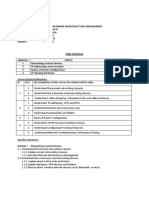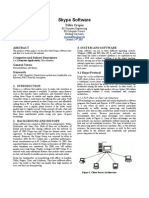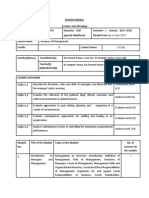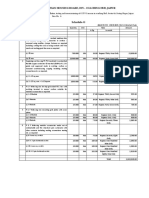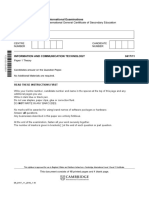0% found this document useful (0 votes)
131 views4 pagesNetworking Learning Roadmap
The document outlines a comprehensive networking learning roadmap divided into four phases: Introduction, Intermediate, Advanced, and Hands-On Practice. It covers essential topics such as networking devices, IP addressing, routing protocols, network security, and certifications. Resources for each phase are provided to aid in learning and practical application.
Uploaded by
kingkaking1234Copyright
© © All Rights Reserved
We take content rights seriously. If you suspect this is your content, claim it here.
Available Formats
Download as PDF, TXT or read online on Scribd
0% found this document useful (0 votes)
131 views4 pagesNetworking Learning Roadmap
The document outlines a comprehensive networking learning roadmap divided into four phases: Introduction, Intermediate, Advanced, and Hands-On Practice. It covers essential topics such as networking devices, IP addressing, routing protocols, network security, and certifications. Resources for each phase are provided to aid in learning and practical application.
Uploaded by
kingkaking1234Copyright
© © All Rights Reserved
We take content rights seriously. If you suspect this is your content, claim it here.
Available Formats
Download as PDF, TXT or read online on Scribd
/ 4






















































